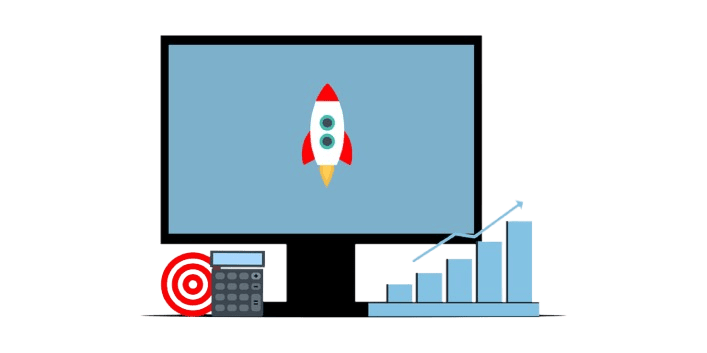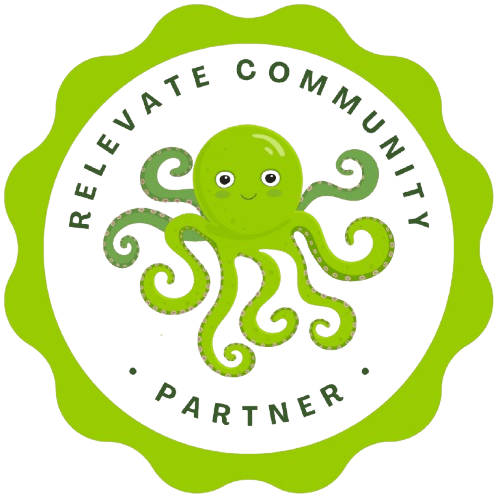
It is no easy task to go from course idea to course launch, regardless if you are a novice or an expert.
Feeling lost in the beginning stages of online course creation is common.
You can easily divide course creation into three phases:
Design
Create
Launch
However, tasks in each phase should not be executed independently of each other.
Furthermore, these phases should not be considered as silos nor milestones of your course creation project.
Why you should NOT have a linear (or waterfall approach) to your online course creation project
- Plan
- Acquire resources
- Build
- Test
- Launch
- First I will create a course plan
- Then I will create the course content
- Then I will launch my course
- What will you do if you get to the launching phase and no one is interested?
- How will you ensure you do not create a course that is full of all your knowledge and not focused on what your students want?
- How will you ensure your course content solves a problem for your clients?
- If your course launch is not successful, after investing so much time, how will you feel?
How to effectively launch an online course
But what do iterations mean?
An iteration is a smaller chunk of your project. Specifically, in this example of your online course creation project, it means to execute small chunks which encompass tasks from each phase of course creation. Remember, those phases are design, create and launch.
Let’s look at the below example
I have a course idea to help people implement realistic regimes of healthy eating and daily exercise.
Milestones for this course creation project with iterations can look something like this:
Release a free short course to pilot the course idea, for example:
A free live exercise class
A series of short videos on healthy recipes
Run a low-cost beta course
This will be either a section of your full course, or
Your full course dripped over a defined period of time (e.g. weekly)
Release the first iteration of the full online course at discounted price
Release version two of the full online course at full price
What is included in each milestone?
Regardless if it is a free live exercise class, a series of short videos on healthy recipes or a 12-week exercise regime course, each milestone should go through the below processes.
Design
Speak to your existing clients and validate if people want to attend a free session
What is the purpose of the session/course?
What is the problem it is solving?
What are the steps/journey you will take people through to solve the problem?
What do your students need to learn to be able to do?
Plan a course outline/structure including:
1 clear course goal
3 - 5 learning outcomes
The competencies your students will need to learn to do to achieve the outcomes
Write a list of content ideas and map them to the course outline
Does the content idea support the student in reaching the learning outcomes?
Create
Create a storyboard of what you will take them through in a live session.
What will your students see through demonstrations, live sessions, etc (think the multimedia displayed on a screen)?
What examples will you provide to further explain a topic?
What instructions will you provide?
Record videos, podcasts and other content material
Create workbooks, activities, and other resources
Launch
Create a basic landing page
Highlight the problem being solved and what they will be able to learn to do (see, we did this in the planning stage, which supports us in the launching phase)
Connect payment gateways
Create marketing material and copy
Reach out to prospects you spoke to in the design phase
Let's Wrap It Up
- What more do you feel you need to know from your audience?
- How can you better support your students?
- What is their feedback telling you?
Ready to create your online course?
I guide my clients through designing, creating and launching their online courses to help them reduce the stress of course creation overwhelm!



